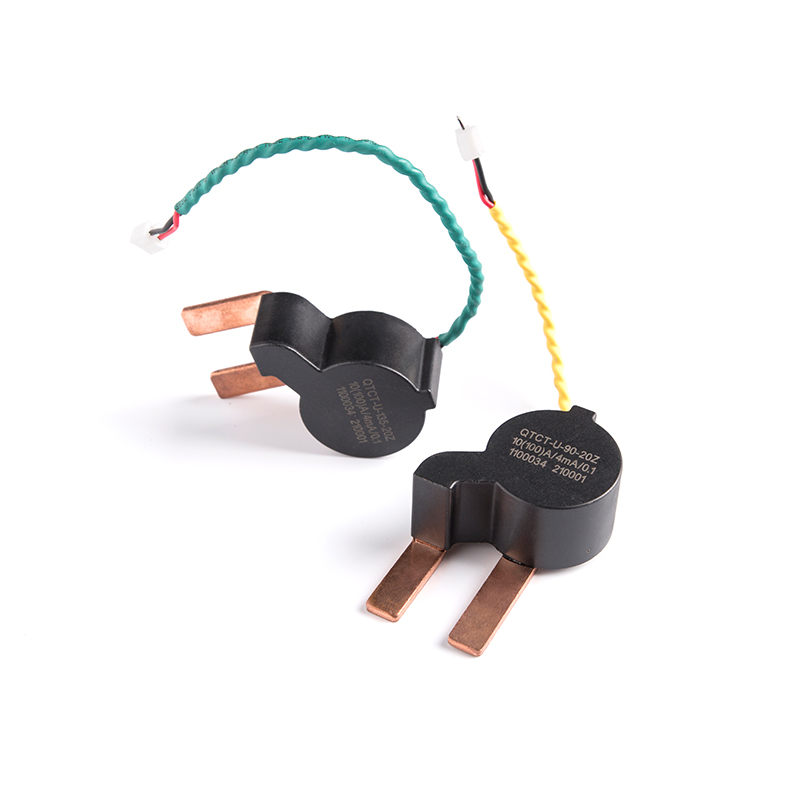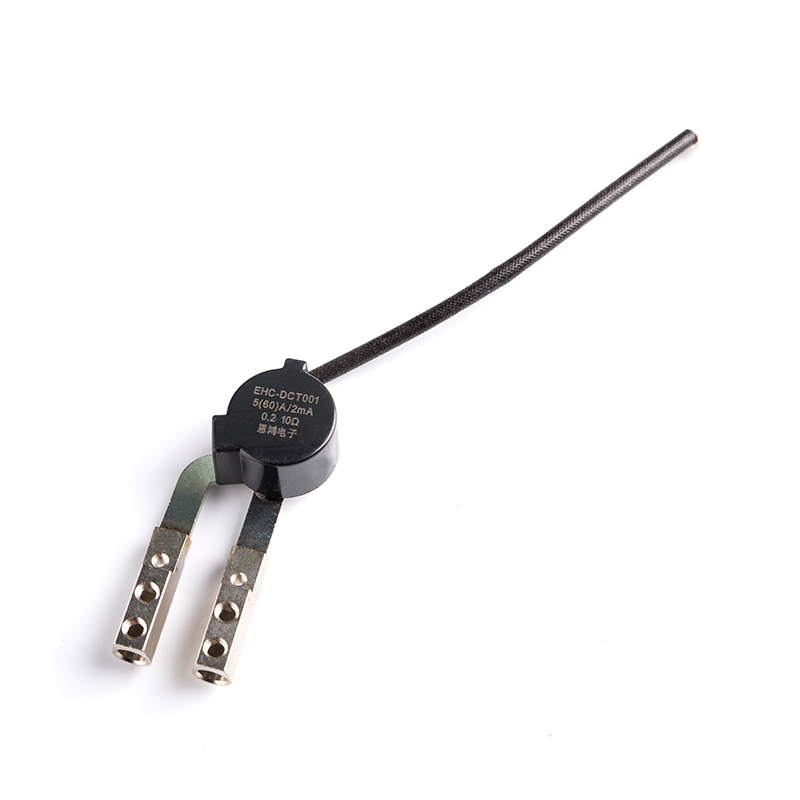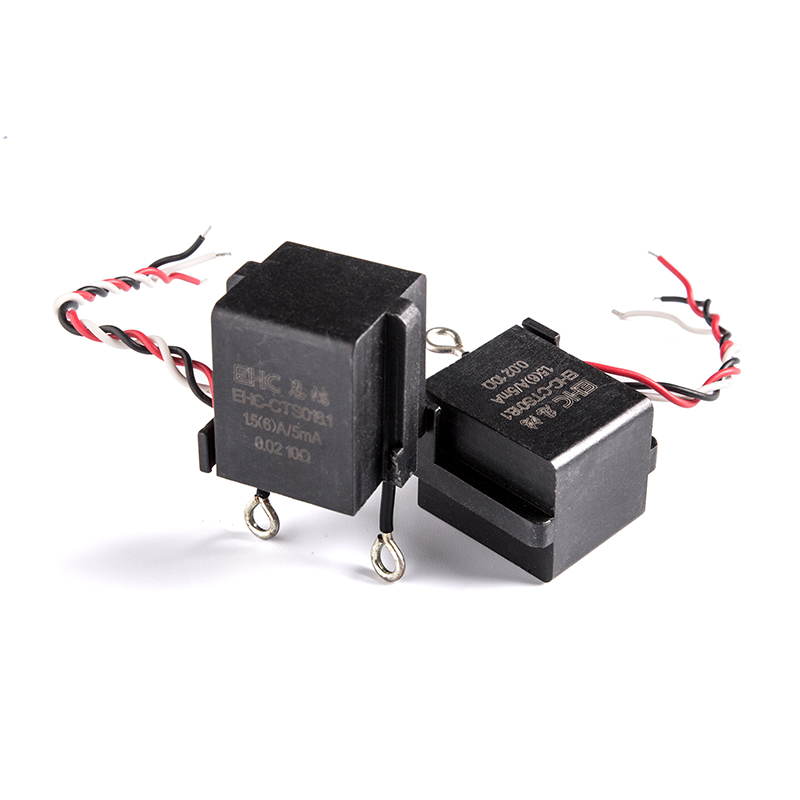The concept of turns ratio is a fundamental aspect of current transformers (CTs) that holds significant importance in their functionality and performance. In essence, the turns ratio is defined as the ratio of the number of turns in the primary winding to the number of turns in the secondary winding of the current transformer.
The primary purpose of a current transformer is to step down the current flowing through the primary circuit to a level suitable for measurement or protection in the secondary circuit. This transformation is precisely governed by the turns ratio. The significance of the turns ratio becomes apparent when considering the need to provide an accurate representation of the primary current in the secondary circuit.
By adjusting the turns ratio, the current transformer can achieve the desired level of current reduction. This capability is crucial for ensuring that instruments and protective devices connected to the secondary winding receive a current that is proportional to the primary current. The ability to step down the current is vital for accurate measurement and the safe operation of various electrical systems.
The turns ratio plays a pivotal role in influencing the transformation accuracy of the current transformer. A precise turns ratio guarantees that the secondary current faithfully represents the primary current, facilitating reliable measurement and protection of electrical systems. If the turns ratio is inaccurate or deviates from the specified values, it can lead to errors in measurement and compromise the effectiveness of protective devices.
Moreover, the turns ratio is closely linked to several other critical parameters that define the characteristics and performance of the current transformer. The burden, accuracy class, and saturation characteristics are directly affected by the turns ratio. The burden refers to the impedance presented to the secondary winding, and the turns ratio determines the magnitude of this impedance. The accuracy class, indicating the permissible error in measurement, is intricately tied to the turns ratio's precision. Additionally, the turns ratio influences the saturation characteristics, dictating the behavior of the CT under high fault currents.
The turns ratio in a current transformer is a foundational parameter that significantly impacts its functionality and performance. It allows for the transformation of primary currents to levels suitable for measurement and protection in the secondary circuit. The precise adjustment of the turns ratio ensures accurate representation of primary currents in the secondary circuit, promoting reliable measurement and safeguarding electrical systems. Moreover, the turns ratio influences key characteristics such as burden, accuracy class, and saturation, making it a critical element in the design and performance of current transformers. Thus, a thorough understanding of the turns ratio is essential for those involved in the design, operation, and maintenance of electrical systems employing current transformers.

 English
English 中文简体
中文简体 Deutsch
Deutsch 日本語
日本語

 View More >>
View More >> View More >>
View More >> View More >>
View More >> View More >>
View More >> View More >>
View More >> View More >>
View More >> View More >>
View More >> View More >>
View More >>